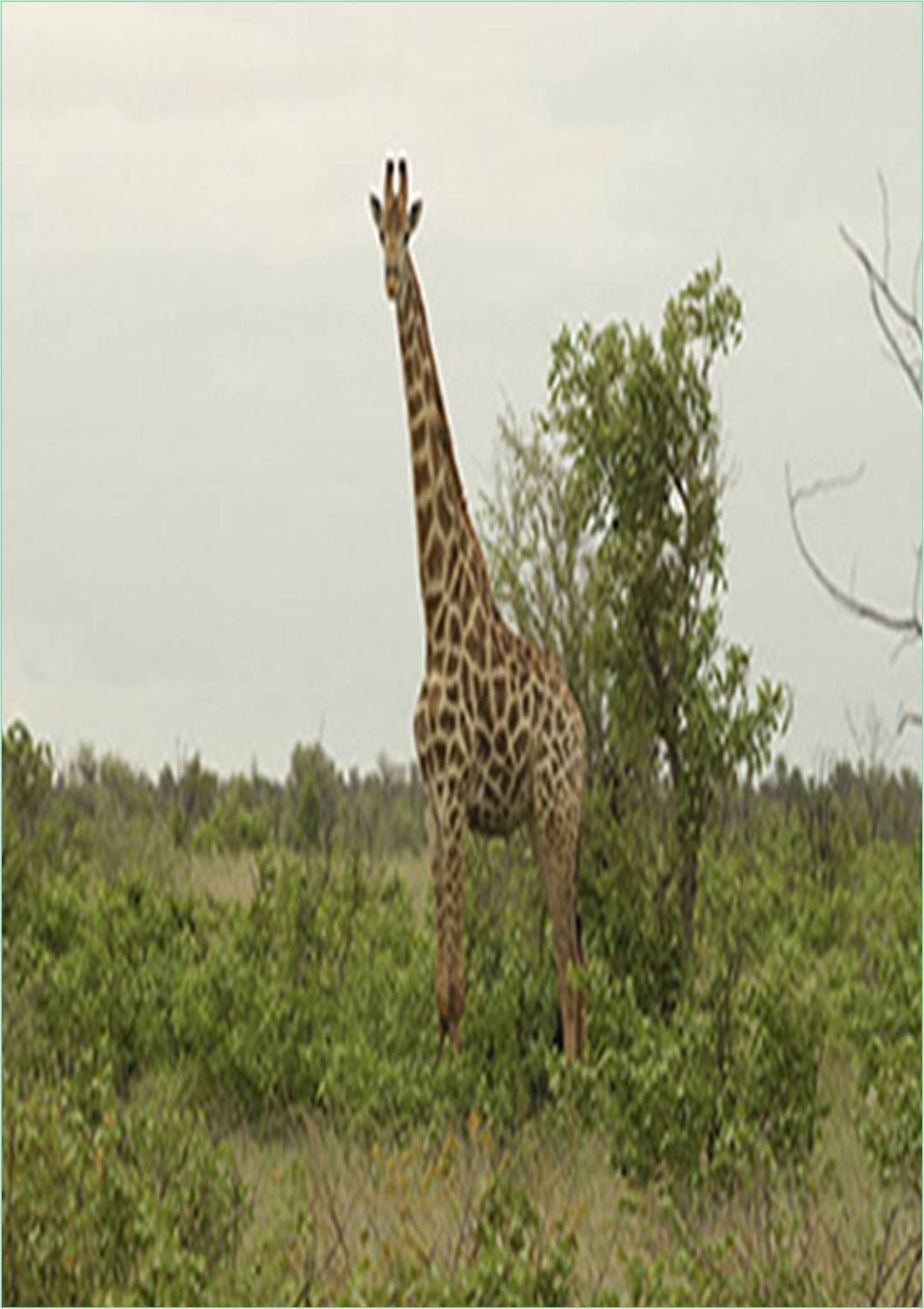



Received: 02-Aug-2022, Manuscript No. GJAEB-22-74104; Editor assigned: 04-Aug-2022, Pre QC No. GJAEB-22-74104 (PQ); Reviewed: 19-Aug-2022, QC No. GJAEB-22-74104; Revised: 26-Aug-2022, Manuscript No. GJAEB-22-74104 (R); Published: 05-Sep-2022, DOI: 10.15651/GJAEB.22.10.011
Arthropods have been accused of transmitting a number of diseases to humans for hundreds of years. Several infectious agents and pathogens have been found to require a hematophagous arthropod as a vector for transmission among the vertebrate hosts. Vector-borne diseases contributed about 17% of total infectious diseases and are transmitted by a large number of arthropod vectors like ticks, flies, mosquitoes, fleas, bugs, etc. Among the arthropod vectors, mosquitoes are the hub for entomological study primarily due to their medical importance as a vector of various disease-causing pathogens. Globally, malaria caused around 229 million cases and more than 4,09,000 fatalities in 2019. The continents of Asia and the Americas were the most affected by chikungunya in 2019, with India having 62,000 cases. According to a literature review, nearly 68,000 clinical cases of JE occur per year around the world, with 13,600 to 20,400 death cases. Mosquito vectors belong to the class of Insecta, family culicidae, order diptera that divided into two sub-families such as anophelinae and culicinae (Anthony, 1985). Due to their high capacity to adapt to a wide variety of environments, they are therefore the most successful organism. Except in permanently frozen regions, they are distributed worldwide. Mosquito larvae can be colonized in a wide range of water sources, from clean water to highly polluted water, in both temporary and permanent water bodies, small to large water reservoirs including in the smallest accumulations like water filled buckets, flower vases, old tyres, etc. To acquire the requisite protein for egg production, the female mosquitoes feed on vertebrate blood and picks up the pathogen that infects other creatures, including human beings. There is an obligatory phase within the insect host inside which pathogens prodigiously multiply and can be introduced into a new host during a later blood meal (Brites, 2013).
Disease transmission majorly depends upon the density of the mosquito species and their environment. Hence, surveillance of mosquito populations provides valuable information about the occurrence, diversity, distribution, species composition, richness, and abundance of mosquitoes in a particular area (Carley, 1973). The seasonality, distribution, climatic factors, and anthropogenic activities such as travelling and trading may favor an increase in the risk of pathogenic infection to humans by altering the biology of vectors. Therefore, to deal with such direful diseases, vector management is the most effective preventive technique. In the period of 1940s-50s, the prodigious use of insecticides against mosquito vectors successfully brought numerous significant vector borne diseases under control but subsequently, mosquito vectors established resistance to various classes of insecticides in many countries. Appropriate identification of mosquito species is therefore of great importance for the study of the ecological behavior of a particular mosquito species (Stasiukevich, 2018).
Further, accurate identification is also prerequisite to study medical entomology related to increasing infectious diseases and to examining the faunal diversity and their evolutionary study. When it comes to developing control strategies and surveillance, a thorough understanding of mosquito vectors and their geographic distribution is essential. Therefore, this is high time for a comprehensive surveillance system and vector control strategy to be planned. Although mosquitoes have been more extensively studied than other insects, yet our knowledge about these mosquito vectors is far from complete. During the late twentieth century, the growing interest in very closely related taxonomic units such as species complexes, subspecies or strains and their importance for analyses of vectorial capacity and thus for effective control strategies have intensified.